Optimal Timing for Waterproofing Applications
Waterproofing is a critical process to protect structures from water intrusion and damage. The timing of waterproofing applications can significantly impact their effectiveness and longevity. Proper scheduling ensures that materials adhere correctly and that environmental conditions are optimal for installation.
Waterproofing should be done during periods of mild, dry weather. Excessive moisture or extreme temperatures can compromise the integrity of waterproofing materials.
Spring and early fall are typically the best seasons for waterproofing projects, as temperatures are moderate and rainfall is less frequent.
Timing waterproofing before rainy seasons helps prevent water penetration during adverse weather conditions, ensuring long-term protection.
Scheduling waterproofing during planned construction or renovation phases minimizes disruptions and ensures proper integration with other building processes.
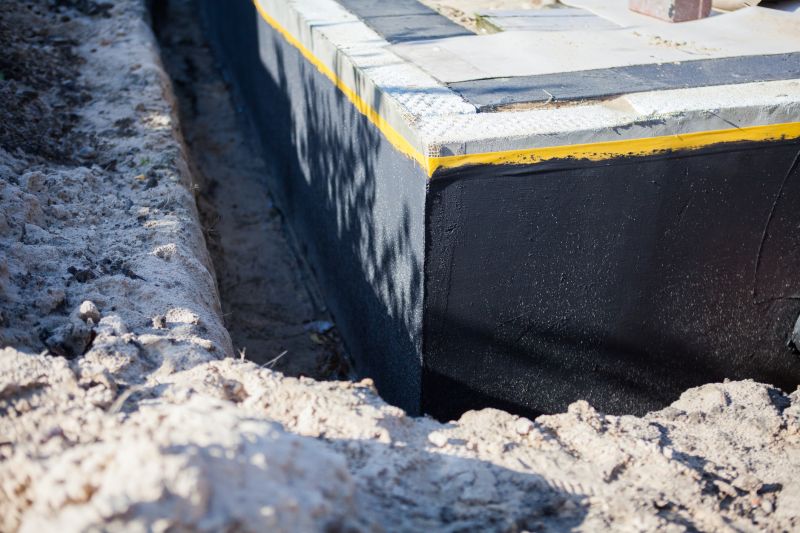
Ways to make Waterproofings work in tight or awkward layouts.
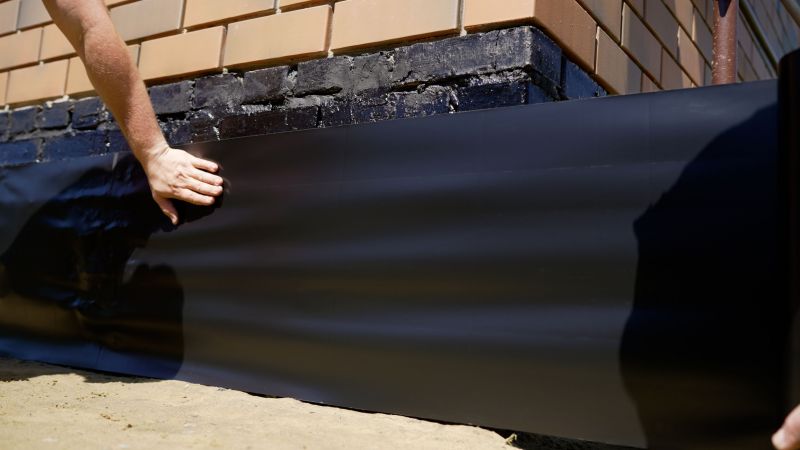
Popular materials for Waterproofings and why they hold up over time.
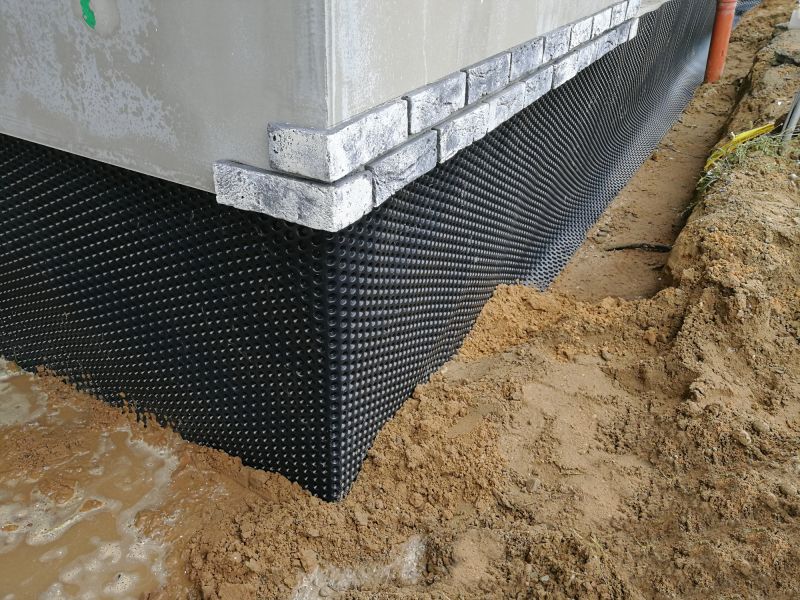
Simple add-ons that improve Waterproofings without blowing the budget.

High-end options that actually feel worth it for Waterproofings.

Finishes and colors that play nicely with Waterproofings.
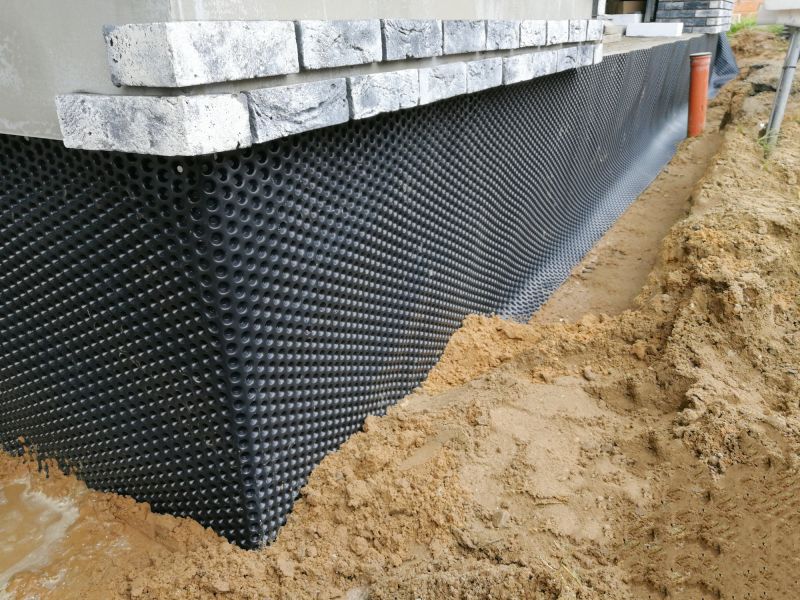
Little measurements that prevent headaches on Waterproofings day.
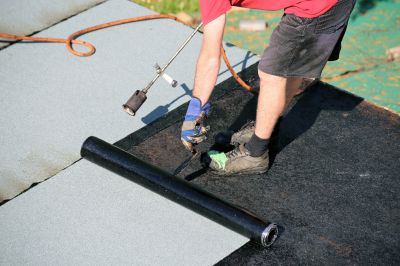
A 60-second routine that keeps Waterproofings looking new.
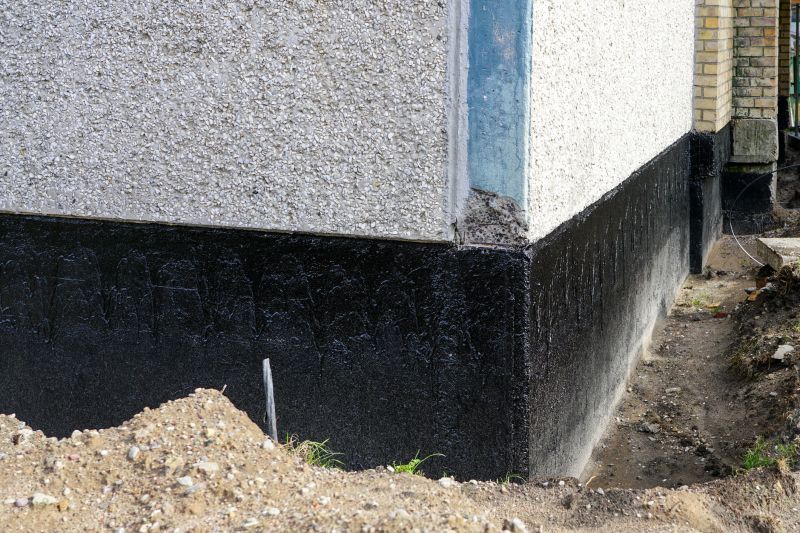
A frequent mistake in Waterproofings and how to dodge it.
| Season | Advantages |
|---|---|
| Spring | Moderate temperatures and less rain facilitate proper application. |
| Early Fall | Ideal for avoiding extreme heat and humidity. |
| Late Fall | Preparation for winter protection. |
| Summer | Less suitable due to high temperatures and humidity. |
| Winter | Not recommended because of freezing temperatures and moisture issues. |
Waterproofings are essential for maintaining the integrity of structures exposed to moisture. Proper application at the right time enhances durability and prevents costly repairs. Modern waterproofing materials are designed to withstand various environmental conditions, but their effectiveness depends largely on correct timing and installation practices.
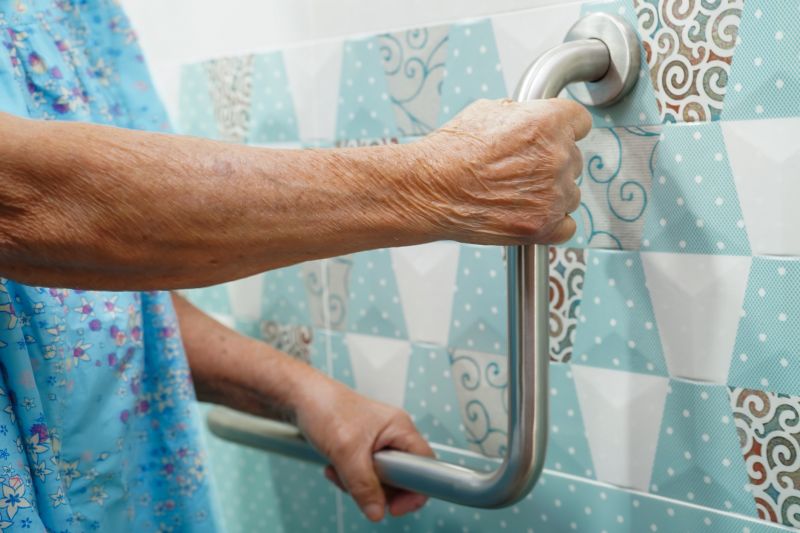
Small tweaks to make Waterproofings safer and easier to use.
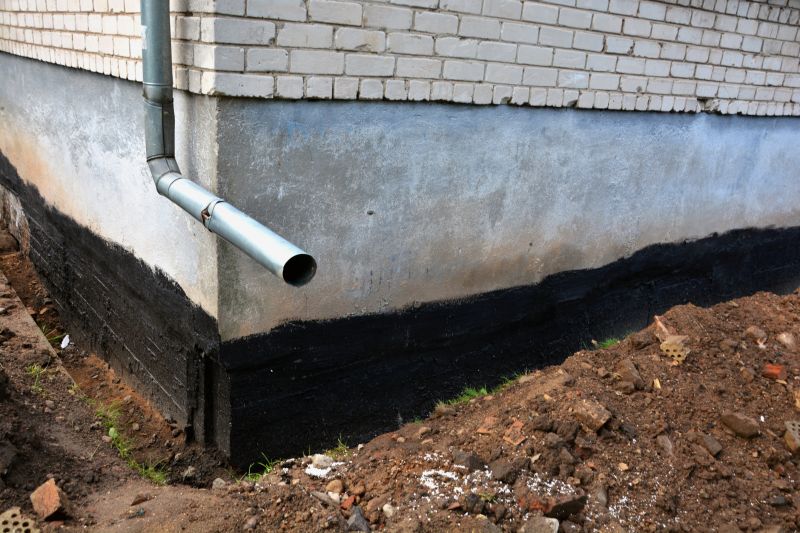
Lower-waste or water-saving choices for Waterproofings.
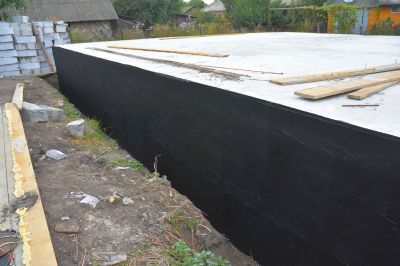
The short, realistic tool list for quality Waterproofings.
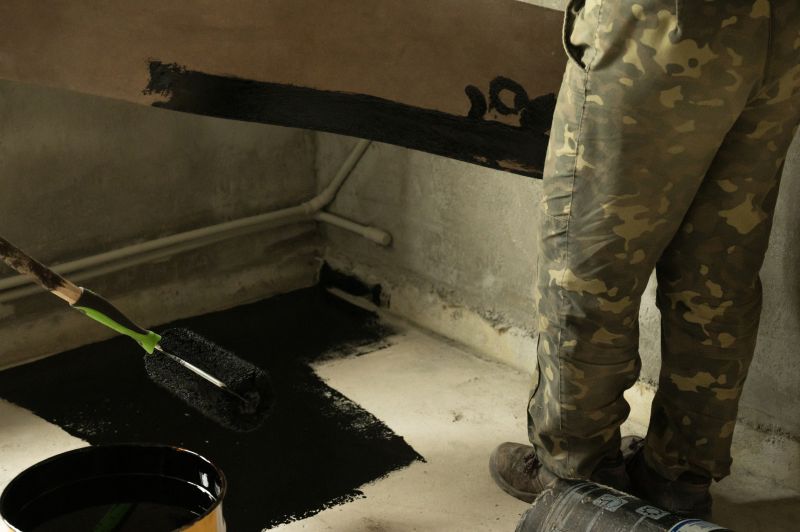
Rough timing from prep to clean-up for Waterproofings.
Interested parties are encouraged to contact for further information or to schedule waterproofing services. Proper timing and application are vital for ensuring long-lasting protection against water damage, making professional consultation essential for optimal results.


